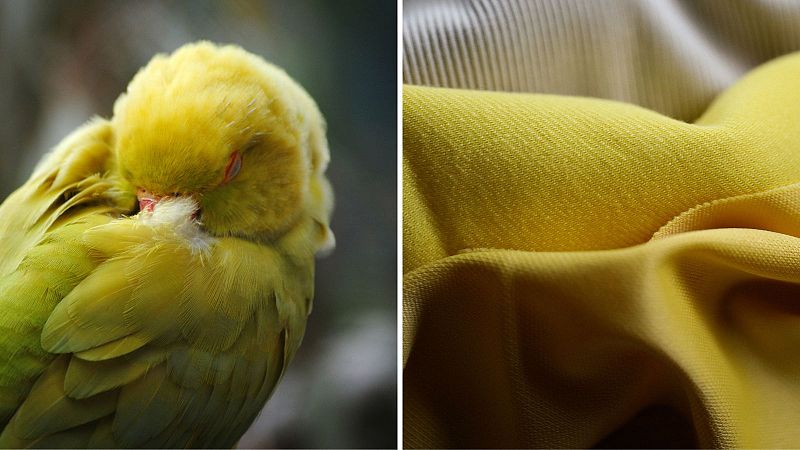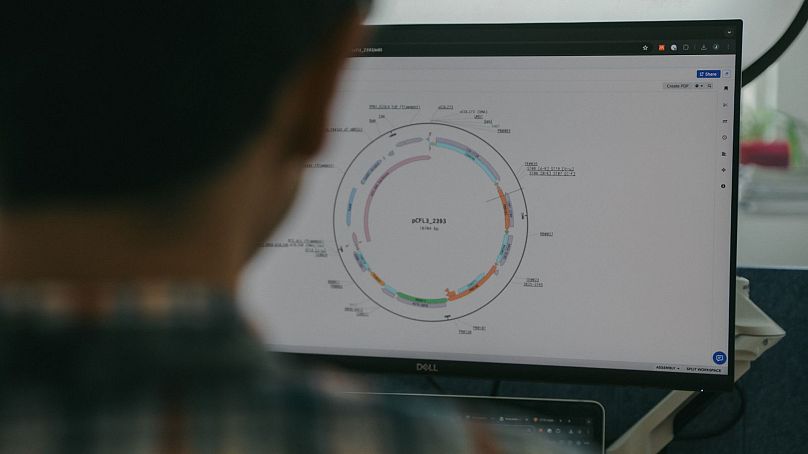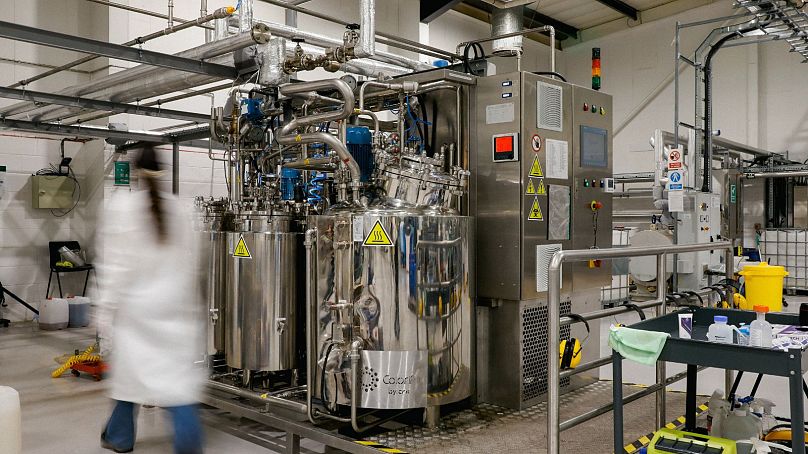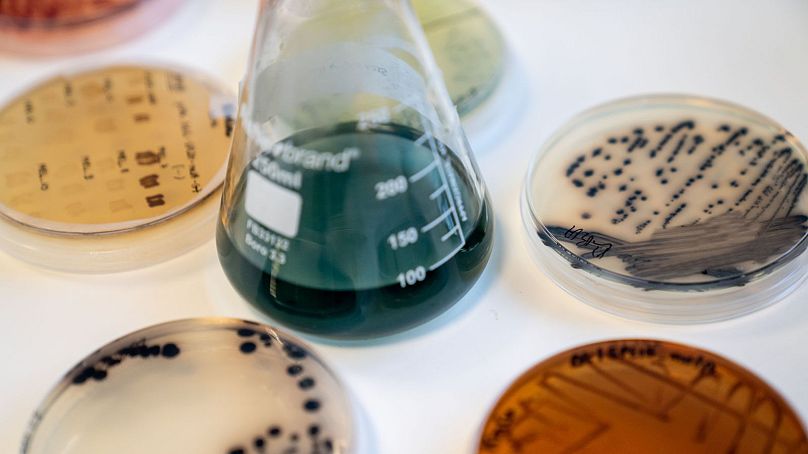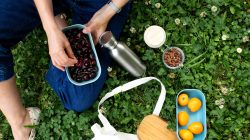From the vibrant reds found in a parrot’s feathers to the soothing shades of blue and purple seen in indigo plants, nature displays an array of colors. Offering a palette that could meet the demands of even the trendiest individuals, one might wonder: Is there a method to replicate all these tones using natural means?
Exactly what UK-based firm Colorifix is tackling is a dyeing technique for fabrics that utilizes the natural color DNA sequences and instructs microorganisms to reproduce these hues.
Founders Orr Yarkoni and Jim Ajioka were motivated by a research trip to Nepal in 2013, where they saw the toxic impact of chemically synthesised dyes on Kathmandu’s rivers.
A decade later, Colorfix was acknowledged as a finalist for the 2023 award.
The Earthshot Prize
– The international environmental prize established by Britain’s Prince William.
We spoke with the firm to learn more about their waste-reduction initiative and their accomplishments following their emergence onto the international stage.
How can one ‘cultivate color’ from natural sources?
Prior to the 19th century, fabric dyes came from natural sources like plants and crops, making colorful garments a rare treat. According to CEO Yarkoni, Colorifix aims “to return the fashion sector to its origins,” though they’re utilizing modern technology to discover novel pigments for this purpose.
It starts with pinpointing an intriguing color produced naturally by an animal, plant, or microbe. Through searches of public databases, researchers locate the ‘instructions’ for generating that hue within the organism’s genetic makeup.
DNA
code.
They subsequently incorporate this code into genetically modified organisms such as yeast, which are nourished with sugar and nitrogen within bioreactors, akin to the process described.
beer
is produced. Gradually, these “tiny color production facilities” can generate hundreds to thousands of liters of dye.
Ultimately, the contents from the fermentor are transferred into conventional dyeing machines together with the yarn, fabric, or garments intended for coloring.
Scaling up sustainable dyeing
“Support from
The Earthshot Prize
“This not only confirms the effectiveness of our solution but also links us to the network necessary for this critical next stage,” states Andreas Andren, who leads business development at Colorifix.
The finalists consist of 15 individuals annually, spread across five different categories. They participate in the Prize’s 12-month acceleration program, gaining access to potential investors as well as support in overcoming challenges.
Although biotech shows promise, it tends to be quite costly to operate and expand,” says Andren. “One key innovation we needed to implement was specialized equipment to make biotechnological processes more cost-effective compared to traditional chemical manufacturing.
Facing the difficulty of tackling that issue alongside the development of our primary technology—the actual dyeing process—was undoubtedly the most significant obstacle.
How can one obtain a patent for a ‘naturally’ occurring solution?
Colorfix offers a fascinating approach to intellectual property issues.
IP
The patenting of organisms reconstructed with DNA technology poses challenges; therefore, the company has opted to patent its method for producing, depositing, and affixing dyes onto fabrics instead.
“Andren states that to fully benefit from our technology, including its flexibility and cost-effectiveness, a dye house must install our specialized bioreactors on their premises.”
Is the firm encountering established players within the sector? “Synthetic chemical producers are giving us increased notice,” he states.
“A mix of positive and less positive feedback; however, their increased interest indicates we’re heading in the correct direction.”
In what way are sustainable dyes transforming the fashion sector?
Colorifix possesses operational capabilities in Europe and South America, distributed among multiple manufacturers, with plans to become functional in South Asia within one year.
It has collaborated with fashion labels such as Pangaia and Vollebak to introduce items colored using its technology, aiming to boost the adoption of eco-friendly dyes across the entire supply chain and stimulate greater demand for them.
There are additional ‘major players’ on the horizon,” according to Andren, but the firm is currently withholding details. Similarly, they remain tight-lipped about the new shades they are developing.
He discloses that they managed to dye greens and oranges effectively during the initial period of the year. The group is now broadening their scope to include new materials such as Spiber, which is composed of spider silk proteins, and Circulose, an alternate form of cellulose pulp.
New hues will be added to Colorifix’s main color range consisting of three pigments: one sourced from indigo plants; another called Blushing Rose, produced by marine microorganisms; and a third pigment derived from bacteria found in both soil and deep-sea deposits, known as Sunlit Sand.
Using these natural dyes to color our clothing would signify significant advancement for an industry that is presently contaminating and altering nature—much like what is happening in Tanzania.
Msimbazi River
– with chemicals.
Colorifix’s natural dyes reduce chemical pollution by 80 percent and demand significantly fewer rinse cycles compared to synthetic dyes when used on textiles, thus conserving large amounts of water.

